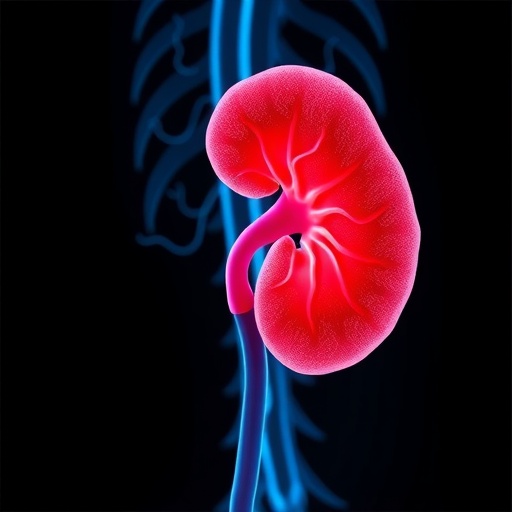New knowledge on milk composition and quality is of essential importance to consumers as well as the industry. There are therefore considerable research efforts in milk worldwide. One of the major topics concerns milk's content of different proteins and their importance to human health. Basically, milk consists of two protein types – whey and casein. Casein can be further divided into four categories. One of these, beta casein, attracts particular attention. Several beta casein types exist and A1 and A2 are the most common.
It has been suggested that A2-protein milk is a healthier alternative to A1-protein milk, as the latter is claimed to metabolize into potentially detrimental peptides in the intestine. One specific peptide formed during digestion is further claimed to have unfavourable effects on the consumers drinking it. However, the European Food Safety Authority (EFSA) dismissed these claims in 2009 as undocumented.
It is currently debated whether some of the discomfort reported by some milk consumers regarding impact on the gastrointestinal system may be caused by discomfort originating from these detrimental peptides. A2-milk has been labelled a more "original" milk and is closer to breast milk. Foreign companies have succeeded in establishing specialized industries that sell milk that only contains A2-type beta casein. In December 2016, the Danish dairy Thise introduced a Danish variant.
Need for fact-based argumentation
This particular area still requires additional research and there is no scientific evidence to substantiate that one protein type is superior compared to the other, states Professor Lotte Bach Larsen, Department of Food Science at Aarhus University:
– I acknowledge that further research and examination is required within this particular area in order to base the debate on solid, fact-based argumentation. We cannot rule out that some consumers, who feel discomfort when consuming milk, might benefit from drinking solely A2-milk.
In a recently finished investigation, Lotte Bach Larsen and her colleagues from the Department of Food Science cooperated with Norwegian scientists to examine if the two different protein types give rise to different metabolization patterns and thus the formation of potentially bioactive protein fragments. In their examination the scientists used gastric and intestinal juices from humans to study how enzymes in the gastrointestinal tract break down the proteins. The experiment was accomplished in a laboratory model system and using protein types that were purified from milk from cows whose milk contained either solely A1 or A2 variants of the protein.
– The examination demonstrates – quite as expected – that a number of different peptides is formed from both protein types, when the milk is metabolized. But, it also turns out that the peptide in question is actually present when both A1 and A2 milk is digested. However, the content of this specific peptide formed from A1 beta casein protein variant by the human digestion enzymes was approx. three times higher than liberated from the A2 beta casein variant. As this study was carried out with purified beta casein variants, there is a need to examine whether there is a difference in content of this specific peptide, if digestion is going on using milk and not simply isolated beta casein proteins. In addition, it would be beneficial to carry out a proper human intervention study on eventual the effects when consuming the two different types of milk, and also examine if the peptide can be measured in the blood, says Lotte Bach Larsen.
A2-milk is the most frequent type
Another interesting aspect when discussing the difference between A1 and A2 milk is the fact that milk containing the A2-type beta casein is actually the most frequent type in Danish dairy cattle. Scientists from the Department of Food Science were able to conclude this fact when they – in connection with a major research project – carried out a screening of the protein composition of Danish milk. Actually, the frequency of the A2 protein was almost the same in both Danish Jersey cattle and Danish Holstein cattle.
– It is rather interesting if consumers consider A2 milk to be something unique and special. We should point out that even though most of the Danish milk is mixed, dairy milk will normally contain both types, but with levels of the A2 type over the A1 type, as it seems that A2 is present in highest frequency over the A1 vatiant. If you choose a milk type that specifically contains the A2 protein of the beta casein, you should know that this milk comes from cows that have been screened for the variants and selected for this production, says Lotte Bach Larsen.
She hopes that the future will bring an increased focus on studies in the metabolism of milk proteins in human studies.
###
FACTS
Basically, milk consists of two protein types – whey and casein. Casein can be further divided into four categories, and one of these, beta casein, attracts particular attention. Several beta casein types exist and A1 and A2 are the most common. The difference between the two types consists of two changed amino acids.
Media Contact
Lotte Bach Larsen
[email protected]
45-87-15-80-49
@aarhusuni
http://www.au.dk
############
Story Source: Materials provided by Scienmag




